Your dog deserves better than mystery meat in a bag.
We’re talking about the creature who greets you like a rockstar every single day. Tail wagging. Eyes sparkling. Total devotion. And we repay that love with… whatever’s on sale?
Feeding your dog isn’t just a chore—it’s a daily choice that can boost their energy, sharpen their mind, and add years to their life. But with shelves stacked high with promises and buzzwords, it’s easy to feel overwhelmed.
That’s why we asked the pros. Vets. Real ones. The people who see the damage bad food can do—and the magic the right food can bring. Ready to upgrade your pup’s plate? Let’s dive in.
Understand Your Dog’s Nutritional Needs

Every dog has unique nutritional needs based on its breed, age, size, and activity level. A high-energy Labrador will require different nutrients than a more sedentary breed like a Bulldog.
Consult your veterinarian to understand what specific nutrients your dog needs. They can guide you on protein levels, vitamins, and minerals essential for your dog’s health.
Tailoring your dog’s diet to its specific needs ensures it receives balanced nutrition, supporting overall health and vitality. This personalized approach can prevent numerous health issues down the line, from obesity to joint problems.
Consider Life Stage Requirements
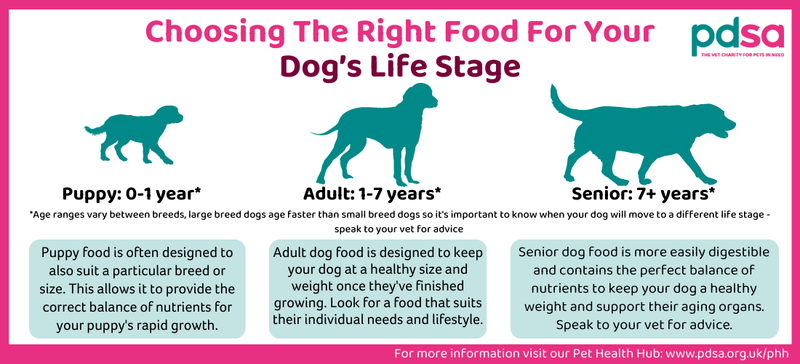
Dogs have different dietary needs at various life stages. Puppies require more protein and fat for growth, while senior dogs may need fewer calories but more fiber.
Choosing food formulated for your dog’s current life stage ensures it gets the appropriate nutrients to thrive. It’s crucial not to feed puppy food to adult dogs, as the caloric content may lead to obesity.
Similarly, senior dogs need diets that support aging joints and digestive systems. Understanding these stages will help you provide the best nutrition tailored to their current life phase.
Read the Ingredient List
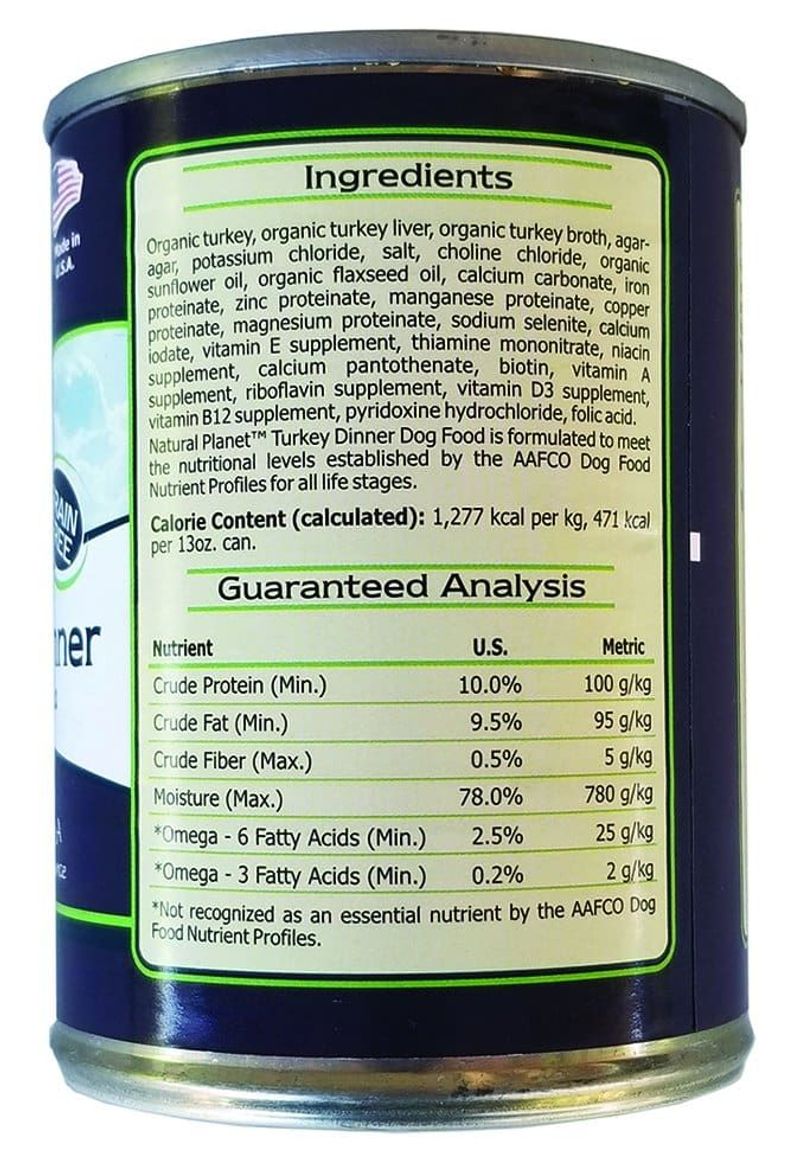
The ingredient list on dog food packaging offers valuable insights into its quality. Look for recognizable, whole-food ingredients, like chicken, beef, or fish, at the top of the list.
Avoid foods with vague terms like ‘meat by-products’ or ‘animal fat,’ which may indicate lower quality ingredients. Consider foods with whole grains and vegetables, providing essential vitamins and minerals.
A transparent ingredient list helps you understand what you’re feeding your dog, ensuring its diet is free from unnecessary fillers and artificial additives, contributing to a healthier life.
Evaluate the Protein Source

Protein is a vital component of a dog’s diet, supporting muscle development and energy levels. Opt for dog foods that list a specific meat source like chicken, lamb, or fish as the first ingredient.
These high-quality proteins are easier for dogs to digest and provide essential amino acids. Be wary of foods that rely on plant proteins, as they may lack the nutrients necessary for optimal canine health.
A robust protein source ensures your dog maintains strong muscles and a vibrant energy level, supporting its active lifestyle.
Check for AAFCO Approval
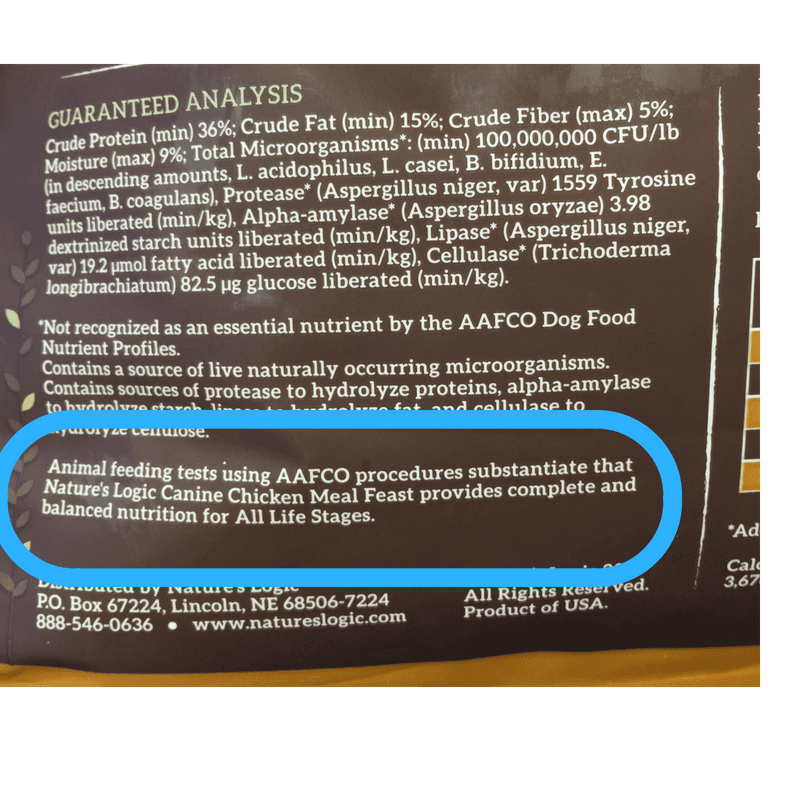
The Association of American Feed Control Officials (AAFCO) sets nutritional guidelines for pet foods. Foods meeting their standards will have a statement indicating they provide complete and balanced nutrition.
This approval ensures the food meets minimum nutrient requirements, providing peace of mind about its quality. When selecting dog food, look for this label to guarantee it meets established guidelines.
AAFCO approval indicates the food’s nutritional adequacy, allowing your dog to receive a well-rounded diet essential for health and longevity.
Consider Your Dog’s Allergies

Food allergies in dogs can lead to discomfort and health issues, manifesting as skin irritations or digestive problems. Identifying and avoiding allergens is crucial for your dog’s well-being.
Common allergens include wheat, soy, corn, and certain proteins like beef or chicken. Opt for hypoallergenic or limited ingredient diets to minimize exposure to potential triggers.
Consult your veterinarian if you suspect allergies, as they can help identify the culprits and guide you towards suitable dietary choices, ensuring your dog’s comfort and health.
Assess Caloric Content
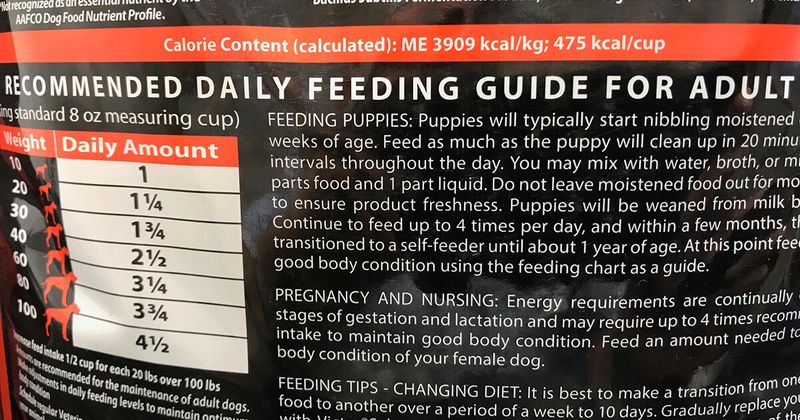
Understanding the caloric content of your dog’s food helps manage its weight and energy levels. Active breeds require more calories than less energetic ones.
Check the feeding guidelines on the package and adjust based on your dog’s activity level and health needs. Overfeeding can lead to obesity, while underfeeding may cause malnutrition.
By monitoring caloric intake, you ensure your dog maintains a healthy weight and receives the energy needed for daily play and exercise, contributing to a longer, healthier life.
Explore Grain-Free Options Cautiously
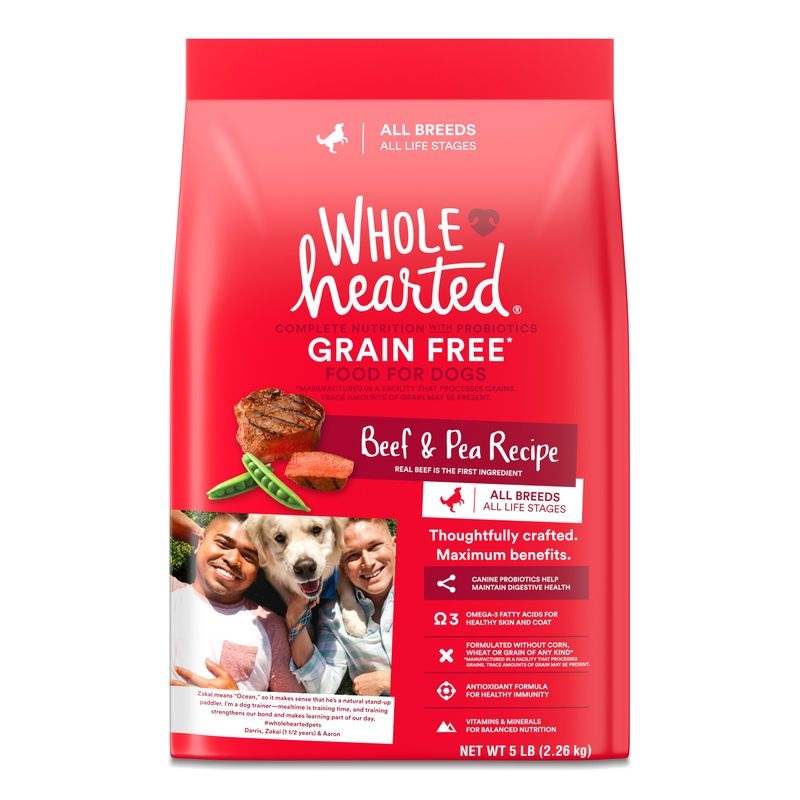
Grain-free diets have gained popularity, but they may not be suitable for all dogs. While some dogs thrive on these diets, others may not need them.
Grain-free options often replace grains with legumes or potatoes, which may not offer the same nutritional benefits. Recent studies suggest potential links between grain-free diets and heart issues.
Consult your veterinarian before switching to a grain-free diet to determine if it’s appropriate for your dog’s health needs, ensuring the diet supports overall well-being.
Look for Added Nutrients
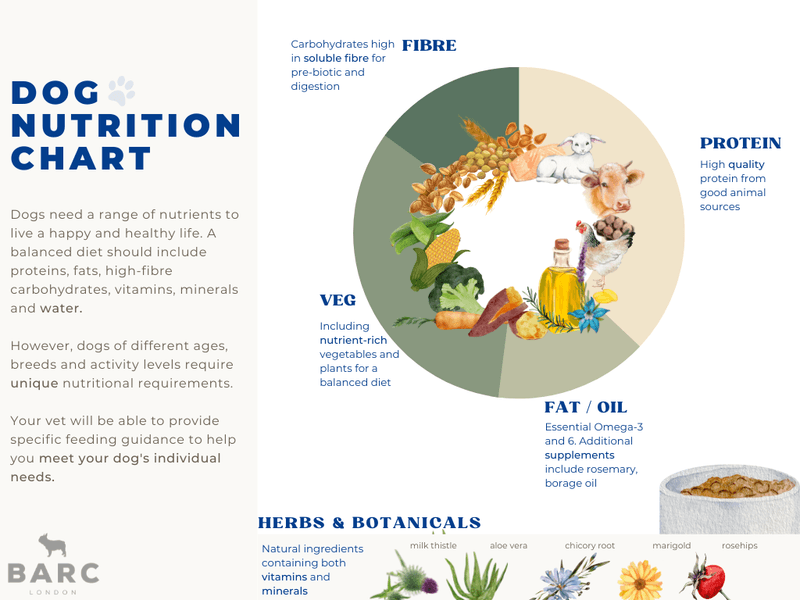
Beyond basic nutrition, certain nutrients can enhance your dog’s diet. Omega-3 fatty acids support skin, coat, and joint health, while probiotics aid digestion.
Look for foods fortified with these beneficial additives, contributing to overall wellness. Quality dog foods may also include antioxidants and glucosamine, supporting immune and joint health respectively.
Incorporating these nutrients ensures a more comprehensive diet, promoting vitality and longevity, helping your dog look and feel its best throughout its life.
Watch Out for Fillers
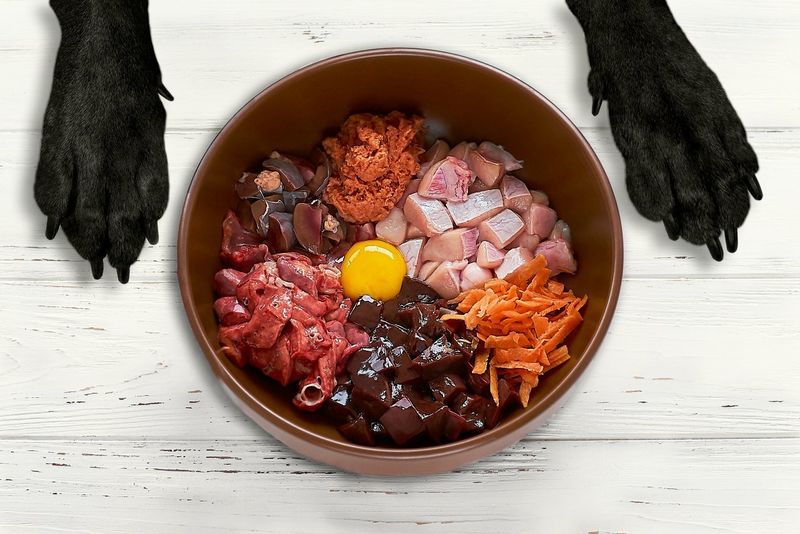
Fillers like corn, soy, and wheat are often used in dog foods to bulk up the product cheaply. While not inherently harmful, they provide minimal nutritional value.
Excessive fillers can lead to weight gain and digestive issues. Prioritize foods with whole, nutritious ingredients and avoid those where fillers dominate the list.
By choosing high-quality foods, you ensure your dog receives essential nutrients without unnecessary bulk, supporting a healthy body and active lifestyle.
Investigate Manufacturing Practices

The way dog food is manufactured can impact its quality and safety. Brands with stringent quality control measures and transparent practices are preferable.
Research manufacturers who prioritize high standards, using safe and sustainable practices. These companies often provide detailed information about their sourcing and manufacturing processes.
Choosing such brands ensures that your dog’s food is made under high standards, offering peace of mind about its quality and safety.
Choose Foods with Natural Preservatives

Natural preservatives like vitamin E (tocopherols) and vitamin C are preferable to artificial ones. They maintain freshness without the potential health risks associated with synthetic additives.
Detecting these preservatives on the label demonstrates a commitment to natural, wholesome food production. Avoid artificial preservatives such as BHA and BHT, linked to health concerns.
Opting for foods with natural preservatives contributes to a healthier, safer diet for your dog, reducing the risk of health issues related to synthetic ingredients.
Research Dog Food Brands

Selecting the right brand involves more than just picking a name. Investigate the company’s history, recalls, and customer reviews to gauge reliability.
Brands committed to transparency and quality often have positive reputations and customer satisfaction. Look for companies that have been trusted by pet owners and veterinarians.
This research ensures that you choose a brand providing safe, nutritious options, reflecting a commitment to your dog’s health and well-being.
Trial and Monitor

Introducing a new food requires observation of your dog’s reaction. Gradually transition to avoid digestive upset and monitor for signs of allergies or preferences.
If your dog shows signs of improved energy and coat condition, it may be a suitable choice. If adverse reactions occur, consult your vet for alternatives.
Trial and monitoring allow you to find the best fit, ensuring your dog enjoys and benefits from its diet, leading to a happier, healthier life.
Stay Informed on Dog Nutrition

Dog nutrition is a dynamic field with ongoing research and developments. Stay informed on the latest findings and trends to provide the best care.
Follow reputable sources and consult your veterinarian regularly for updates on dietary recommendations. This knowledge ensures your dog’s diet adapts to new insights and remains optimal.
Being proactive about nutrition helps you make informed decisions, maintaining your dog’s health and vitality throughout its life.

